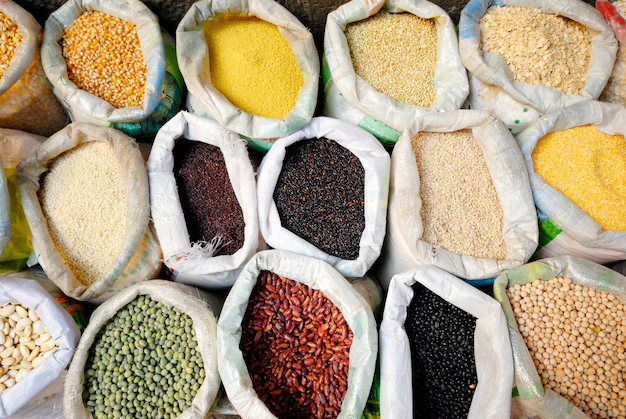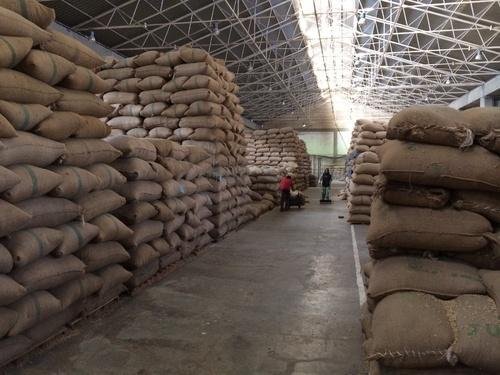Global grain trade to fall by 7% in 2024-25 compared to the prior year: USDA Report
Wheat trade is forecast to decline by 9 per cent compared to the prior year, the largest year-to-year decline in decades.
Total grain trade is forecast to fall by 7 percent in 2024/25 compared to the prior year, with declines for wheat, rice, and corn (as well as other coarse grains). While this contraction is a trend across grains, the factors contributing to the decline vary across commodities, with both supply and demand reasons unique to each, according to latest USDA report.
Increased production in several key wheat-importing countries including China and Pakistan reduced their import demand, while high beginning stocks prompted the government in Turkey to implement import restrictions. In contrast, harvests were smaller for top exporters such as Russia, the European Union, and Ukraine. As a result, wheat trade is forecast to decline by 9 per cent compared to the prior year, the largest year-to-year decline in decades. Despite reduced import demand from key importing countries, global wheat prices have remained relatively stable over the past year.
Corn
For corn, global production is down, with the largest decline for the United States, the top exporter. Among other major exporters, Ukraine has a sharply smaller crop, and Argentina is forecast modestly lower, while Brazil contends with more domestic demand despite higher production year over year. In contrast, production is up in China, which was the second largest importer in 2023/24. Weaker demand has brought China’s imports for both corn and sorghum sharply lower, down 65 and 46 percent respectively, providing the largest year-to-year decline in imports. Overall corn trade is down 5 percent from the prior year.
Rice
For rice, global production is up with the largest gain for India, which recently removed all of its export restrictions. India’s exports are expected to rebound, particularly on gains to Bangladesh and Sub-Saharan Africa. Higher India exports will be more than offset by declines for other exporters. Indonesia is expected to scale back buying from the global market given its larger domestic production. The rice trade declines are modest compared to the other grains.
Wheat trade
Global wheat trade is projected to decline by 9 percent, driven by both increased self-sufficiency in importing countries and lower exportable surpluses among key suppliers. Notably, China and Pakistan have boosted domestic wheat production, reducing their need for imports. Meanwhile, Turkey, sitting on large stockpiles, has imposed new import restrictions.
On the supply side, major exporters including Russia, the EU, and Ukraine are facing smaller harvests, contributing to tighter global supplies. Despite the trade contraction, wheat prices have remained relatively stable, with export quotes showing a mixed trend – Russia and Argentina saw increases, while Australia and the U.S. experienced slight declines.
Global production is adjusted lower this month, though still at a record, with decreases to Saudi Arabia and the European Union. Global consumption is forecast down largely due to declines in food, seed, and industrial consumption for India and China. Stocks are up slightly this month but with various adjustments across the globe. Trade is reduced with lower imports for China, Turkey, and Indonesia, while exports are cut for Australia, Argentina, Russia, the European Union, and the United States. The U.S. season-average farm price is unchanged at $5.50 per bushel.
Wheat trade is forecast to decline by


